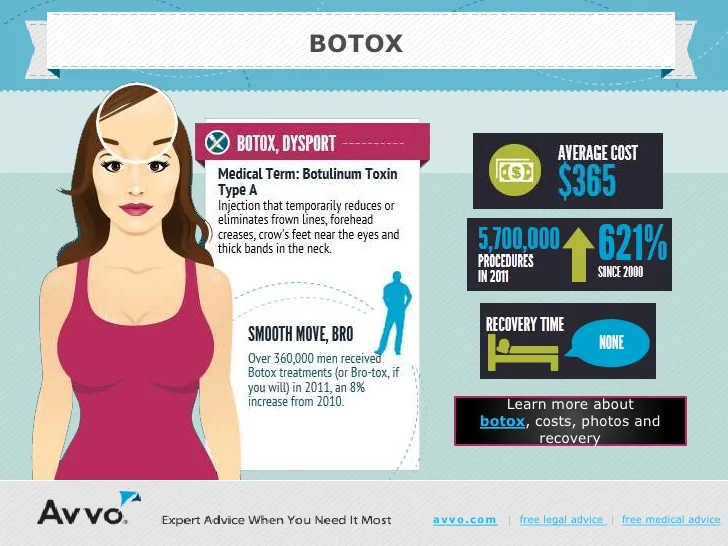Emerging Acne Trends
Emerging Acne Trends
Blog Article
Acne Scars and Post-Acne Treatment
Acne scars and dark marks can remain even after the acne itself has removed. However there are several all-natural, over-the-counter and medical treatments that can reduce their appearance.
Ice pick scars are tiny imprints that resemble pinpricks; rolling marks have a wave-like look and shallow deepness; boxcar scars have clear edges; hypertrophic marks are raised bumps. Therapies consist of skin needling, where your doctor rolls a needle-studded tool over the skin; and surgical excision, when a healthcare specialist eliminate deep scars.
1. Scrub
Acne scars discolor best when they aren't covered with dead skin cells. Exfoliation removes the build-up and allows fresh skin cells ahead to the surface. It also makes acne marks less recognizable.
A skin specialist can recommend peeling methods for your details skin type. Dry skin might take advantage of exfoliation with scrubs or various other mechanical methods, while oily skin might need a chemical peel. Those with darker complexion need to be cautious using more powerful chemical treatments, as they can create dark spots and level of sensitivity.
If you have acne scars, prevent choosing or pressing at them, which can make them worse. Inflammation triggered by inflammation enhances the possibility of scarring. Choosing can leave ice-pick scars, which are narrow indentations with a factor at the end. You can likewise get boxcar scars, which are indentations with bigger sides. You can likewise establish hypertrophic or keloid scars. These are elevated bumps of scar tissue that can be scratchy and painful.
2. Moisturize
After completing your acne therapy, maintaining skin clear and healthy needs a consistent skincare regimen that safeguards from outbreaks and reduces post-acne marks. This consists of a gentle cleanser and moisturizer, non-comedogenic items that don't block pores, and avoiding foods that irritate skin or trigger acne flare-ups.
Making use of a lightweight, non-comedogenic moisturizer with active ingredients like hyaluronic acid and glycerin can help moisten skin while also enhancing skin appearance and promoting healing. Try to find a product that is formulated without scent or parabens.
An item that targets lingering acne marks with components such as skin-brightening tranexamic acid and bakuchiol can boost dark spots or unequal tone triggered by inflammation. It carefully resurfaces the skin while smoothing harsh and distinctive locations. An item that combines a retinoid and a plant-based retinol alternative can also improve the appearance of deeper scars while at the same time targeting existing acnes and protecting against future breakouts.
3. Cover Up
Once your acne scars heal, you can hide them with makeup and a concealer. Simply make certain you're just using the item over marks that are totally recovered (not fresh ones), claims Sotomayor. After that, complete your appearance with a vibrant lip shade or declaration great smoky eyeshadow for maximum impact.
When it concerns choosing a foundation or tinted cream, it's important to pick one that is noncomedogenic and oil-free. This will help keep your skin clear and prevent the clogging of pores that can lead to new outbreaks.
The very same opts for choosing a concealer. Try to find a formula that supplies complete coverage but still really feels lightweight and blendable on the skin. Additionally, when concealing indentations from acne marks, it's a good concept to locate a color that matches your all-natural skin tone (rather than a shade lighter or darker). This will assist conceal the indents more effectively. This beneficial balm is an excellent alternative for lightening up and lightening post-inflammatory hyperpigmentation, which can be triggered by acne or other inflammatory skin conditions. It contains moistening panthenol, softening shea butter and reinforcing peptides that medical spa decrease redness and scaly appearance.
4. See Your Skin doctor
The scars that form from severe acne usually call for treatment by a physician or skin specialist. Prior to that can occur, though, a client must have their acne in control. This includes not picking or pressing acne areas, and using mild cleansers and water-based non-comedogenic items that won't clog pores.
If pharmacy cleansers and area treatments aren't removing your skin, timetable a visit with a dermatologist. The skin doctor can suggest other therapies that help remove your skin without drying it out or annoying it.
A skin doctor can likewise treat various other kinds of post-acne marks, including dark places that are a sort of hyperpigmentation called PIH (post-inflammatory hyperpigmentation). A topical retinoid like adapalene can visibly lighten these marks and fade them quickly. For other sorts of marks, the physician can suggest a more extensive treatment. This could include microdermabrasion or chemical peels that are done right in the office. Depending on the intensity of your marks, these therapies might require to be duplicated.